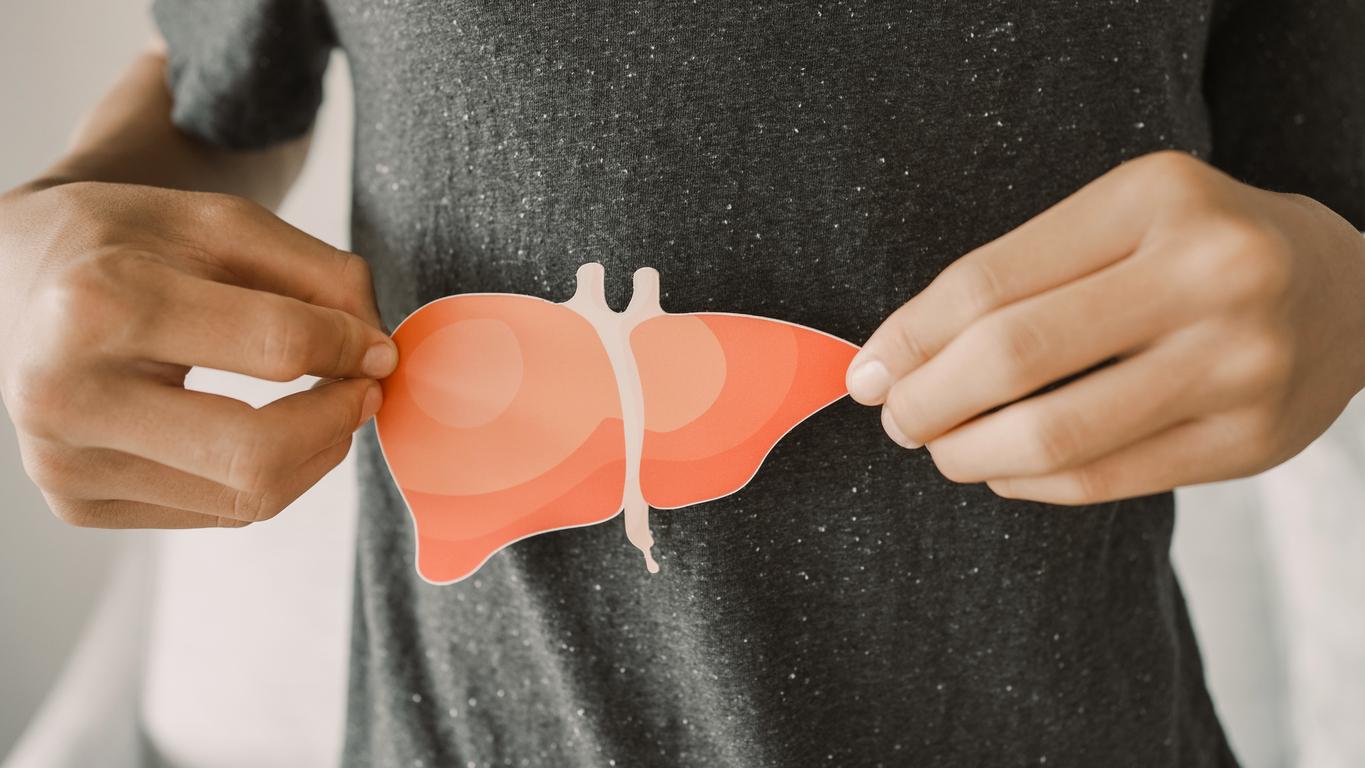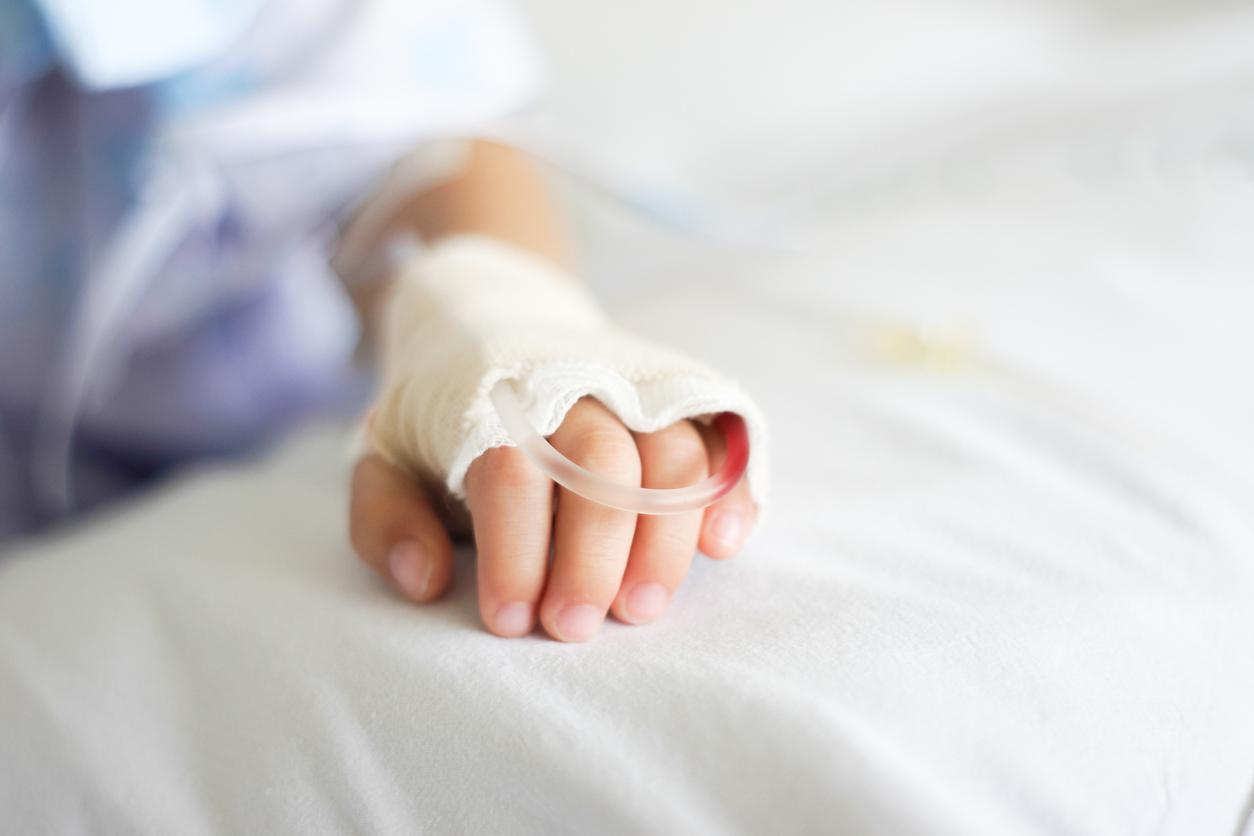“Before, I used to say to my patients, we have a one in two chance of curing you, but we will have to put up with a long and difficult treatment, now I can tell them 9 out of 10 chances with a short and much better tolerated treatment”, rejoices for his patients Pr Stanislas Pol, head of the hepatology service at Cochin hospital (Paris). Doctors had come in numbers, they were nearly 10,000 from all over the world, to learn about these new treatments for hepatitis C. Because everything happened very quickly: the new drugs presented only two years ago are already out of date. and many questions arise to make the best use of the latest developments: super antivirals that work quickly and well but are expensive.
What are the signs of the disease?
We are talking about chronic hepatitis C, an infection of the liver caused by the HCV virus that the patient has not managed to eliminate (70 to 80% of cases). According to their characteristics (genotypes), six families of this virus have been identified (see map). The viral infection is accompanied by a disease of the liver which explains why, over time and in the absence of treatment, serious liver damage can occur (fibrosis, then cirrhosis, then cancer). Thirty years after contamination can thus appear unexplained fatigue, loss of appetite, jaundice. Or a biological assessment reveals a hepatic abnormality (increase in transaminases …). Extrahepatic signs are also possible, with rheumatic pain, neurological disorders (polyneuritis).
How do you catch it?
Hepatitis C is spread through contact with the blood of an infected person. In our country, we no longer get infected during a transfusion, as has happened in the past and continues to happen in countries where the health situation is less good. But we can be in contact with infected blood when we masturbate by intravenous or nasal route (sniff), by bites or tattoos made with soiled equipment, when sharing objects that can cause bleeding (razor, brush tooth), sex with an infected person, the birth of an infected mother. In France, it is estimated that 4,000 new people are infected each year.
Who should get tested?
In the United States, it was decided to screen all baby boomers, that is to say people born between 1945 and 1965. In our country, these ages also correspond to the majority of the population who report symptoms today. since the bulk of the contaminations took place 30 years ago (before the control of blood donations and nosocomial infections). People who have had a blood transfusion in the early 1980s and before, have had invasive operations or medical examinations, have taken drugs (even once) have a better interest in getting tested. A blood test is enough and rapid diagnostic tests will be available soon. In France, it is estimated that between 180,000 and 200,000 infected people are not treated, 35% of whom are unaware of their contamination.
Why are so many people not being treated?
Most often because they have not been tested but not only. Conventional treatments include injections (interferon), are difficult to bear, often preventing work for nearly a year. Aware of new treatments who arrive, especially through social networks, some prefer to wait. Especially since if the liver shows no worrying signs (fibrosis, cirrhosis …), there is no emergency and no loss of luck. Initially, monitoring may suffice. The first treatments were also not effective on all families of viruses and cured only 70% of patients. This explains why there are still 2,500 deaths per year.
What are the new treatments?
The revolution is that 12 weeks of treatment is sufficient (compared to a year earlier), the side effects are minimal and it is effective on different types of viruses (before, recovery was more difficult in case of genotype 1). These are antivirals that no longer target the immune system but the virus itself, at different levels, which makes it possible to combine them. The only one that has already obtained a marketing authorization (AMM) is the Sofosbuvir. Three others have a Temporary Authorization for Use ATU). And a new combination, the detailed results of which were presented in London, shows 96% success. The laboratory should apply for Marketing Authorization shortly. At the moment, these drugs have code names.
Who will benefit from it?
The current authorizations are linked to strict criteria. And the next ones should not be different: we can treat advanced hepatitis C (fibrosis, cirrhosis) and those that have resisted previous treatments. Other infected people will have to wait for authorities to expand the indications. The treatments are expensive (around 50,000 euros) but they will avoid other even more expensive ones. Hepatitis C is the main cause of liver transplantation in Europe. If the treatments are easier to take, they require careful monitoring, and therefore consultations. A new organization of care must therefore be put in place to meet the objective of curing 100% of patients within a few years.
Can treatments still progress?
Researchers are already thinking about even shorter and even more practical treatments. That is to say requiring only one capsule per day in which the three antivirals would be incorporated. We are also looking for new markers to better identify people who need treatment quickly. Following up on people who are cured will then make it possible to see what becomes of them. Will they keep increased sensitivity to liver cancer? Nobody knows. On the other hand, we see that the virus is no longer detectable, and that it lasts. Which is a sign of recovery from the viral disease. Screened and treated, hepatitis C could therefore theoretically disappear …


















